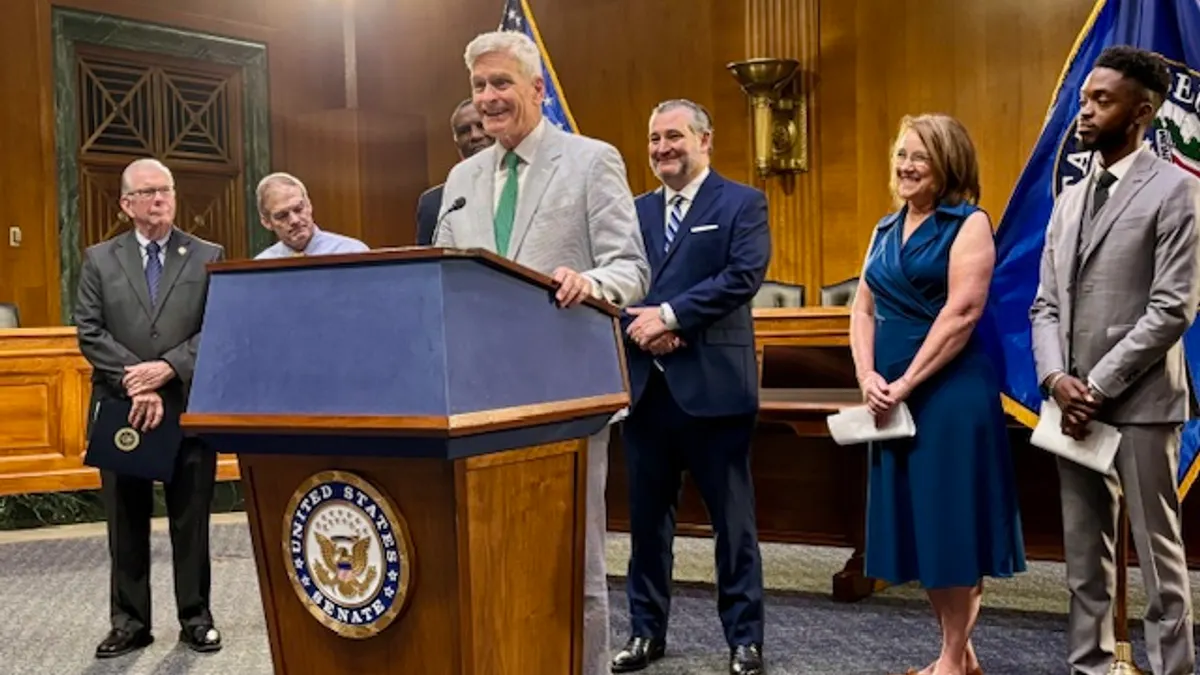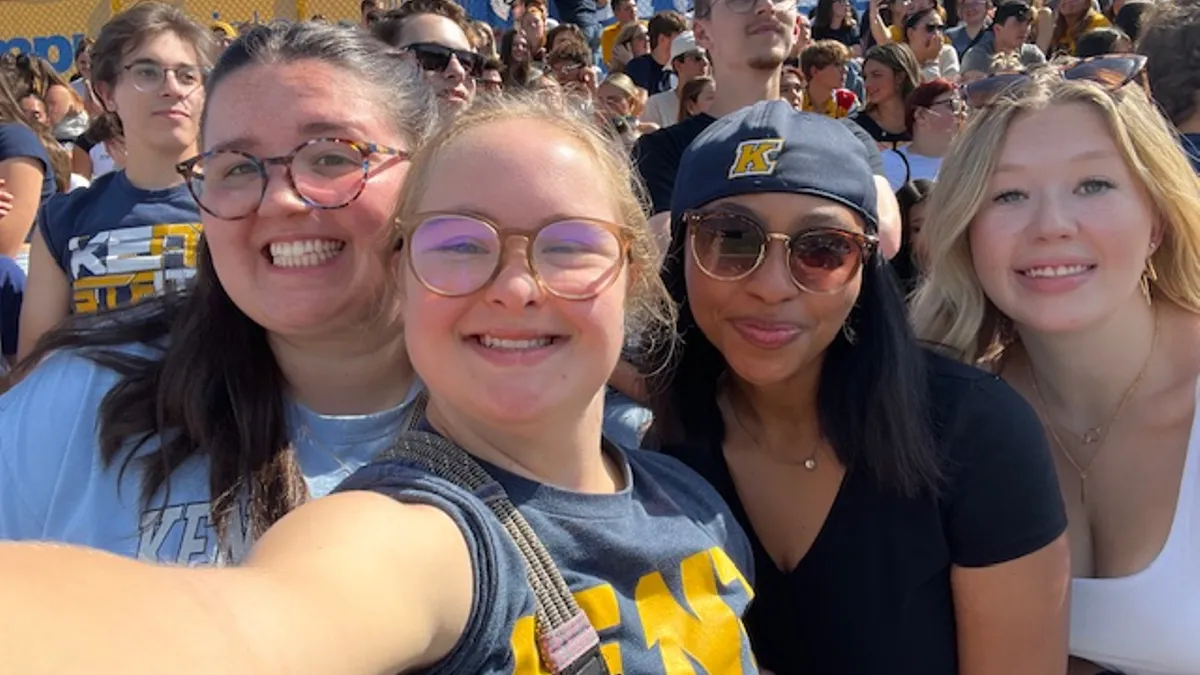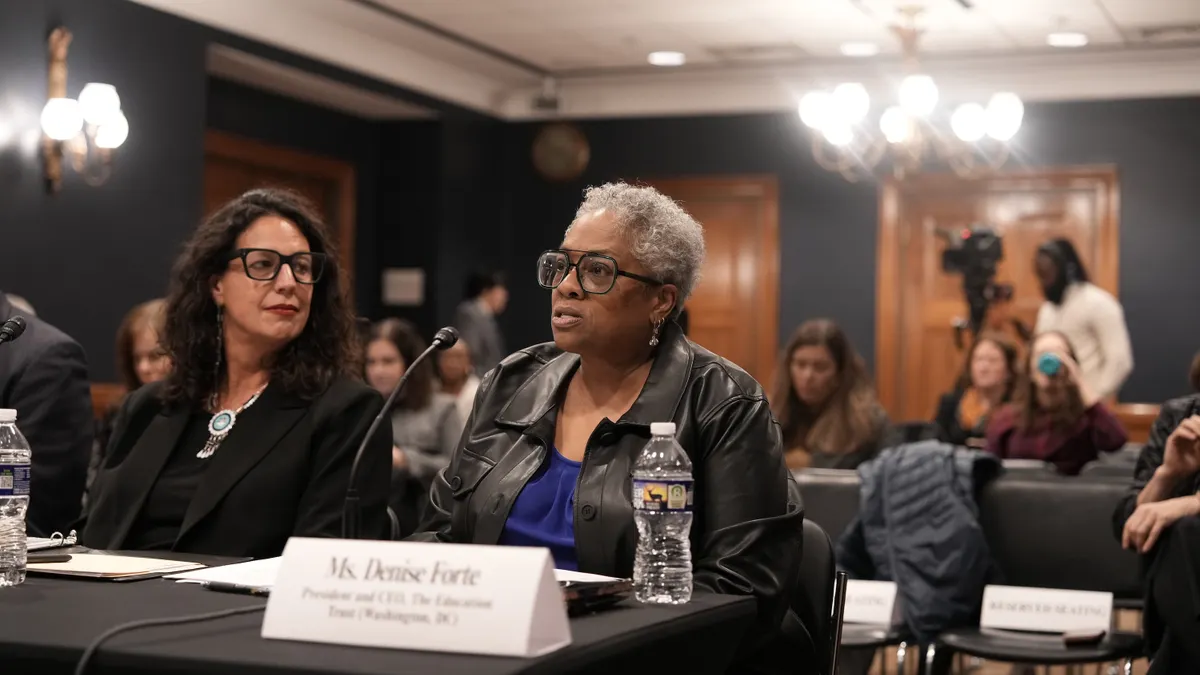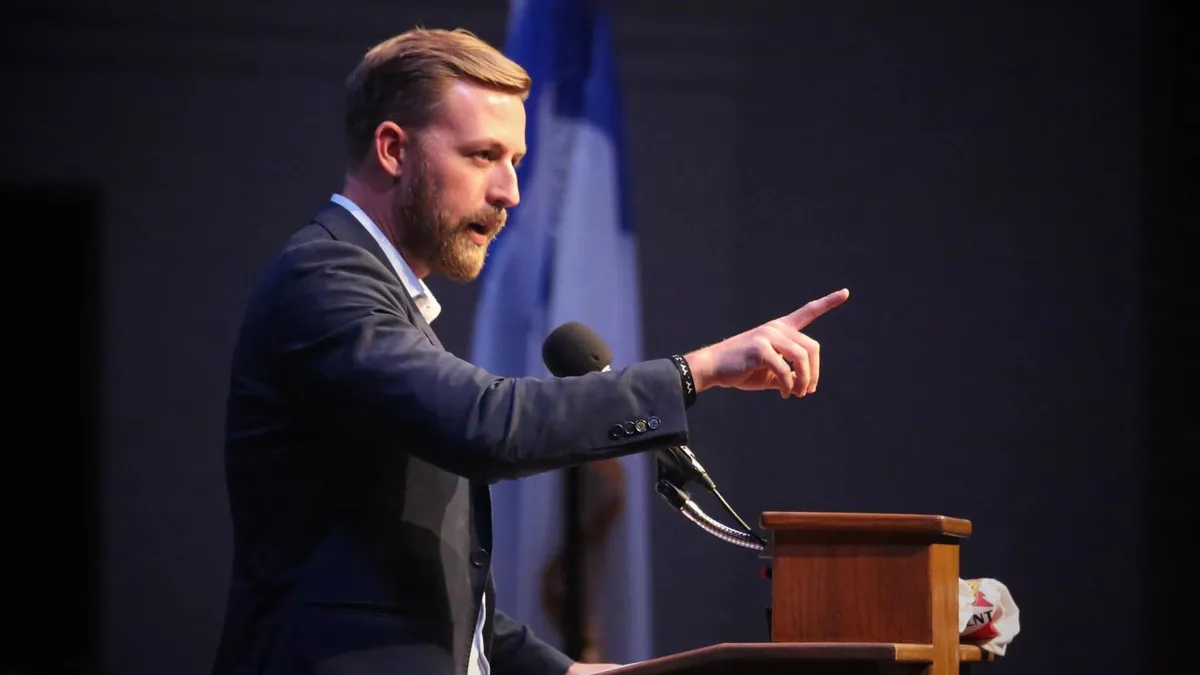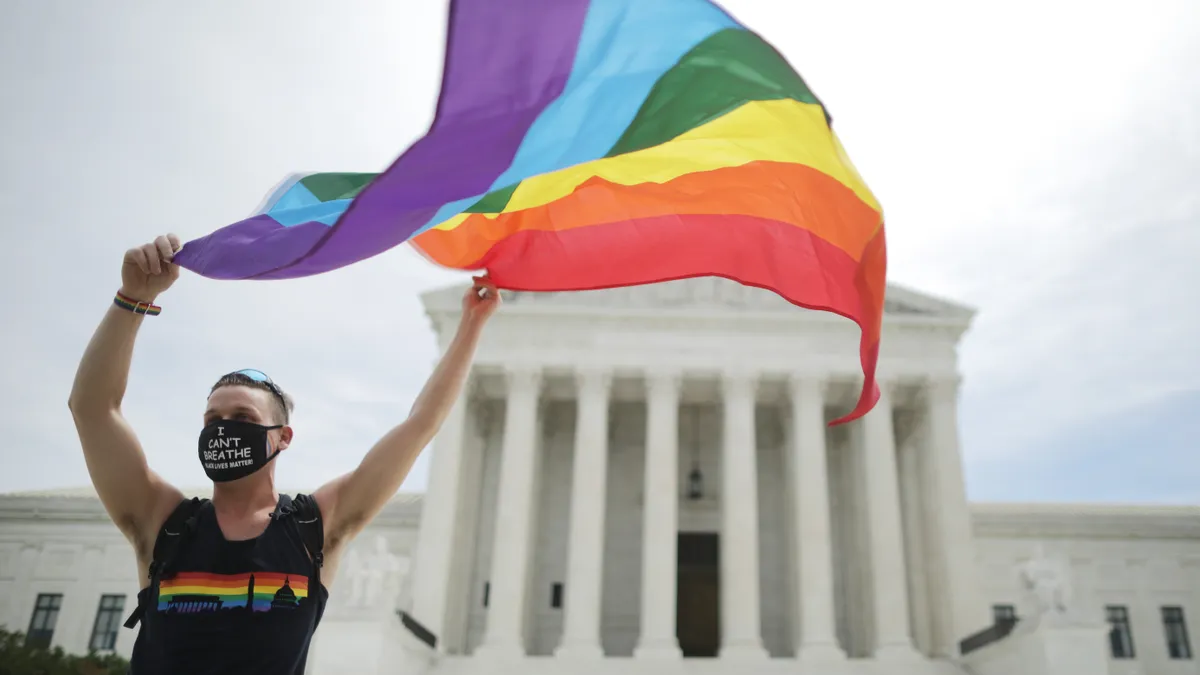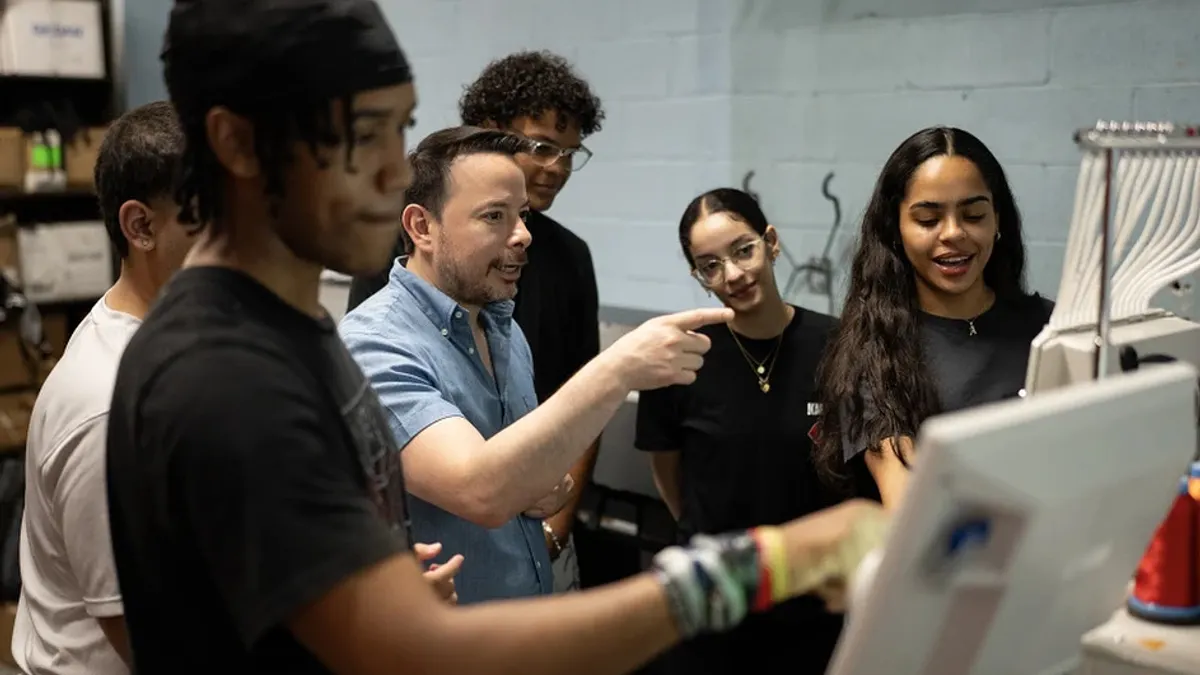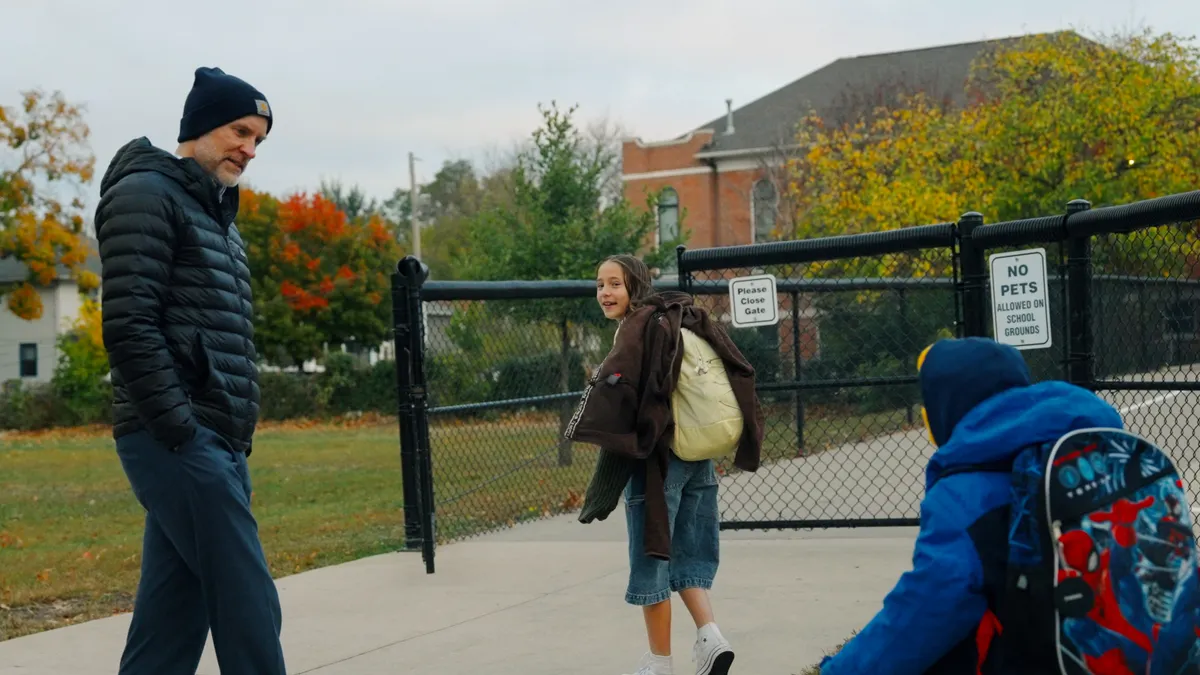The "One Big, Beautiful Bill," a major tax and spending package narrowly passed by Congress and signed by President Donald Trump on July 4, includes a Republican-led national school choice provision that public school advocates and some researchers say will disrupt the traditional public school K-12 model by driving more competition with public schools.
This controversial issue has been debated at the local, state and national levels for decades, but this is the first federally funded, nationwide private school choice program. While unknowns remain about how many students, schools and states will participate, reaction has been swift, with opponents calling the law harmful to public schools and supporters labeling it as a historic move for educational freedom.
“Parents should decide where their kids go to school. This bill helps them do that,” said Sen. Bill Cassidy, R-La., author of the Educational Choice for Children Act included in the “One Big, Beautiful Bill” and chair of the Senate Health, Education, Labor and Pensions Committee, in a Thursday statement.
Here's what you need to know about the newly enacted measure:
What the new school choice provision says
The law provides a federal tax incentive to generate funds for families' educational expenses, including private school tuition at secular and religious schools, as well as costs incurred for children at public and private schools such as fees, tutoring, educational therapies, transportation, technology and other expenses. It would also apply to homeschooling costs.
To be eligible, families' household incomes must not exceed 300% of the median gross income for their locality. The means, for example, students in Memphis living in households with incomes of up to $364,400 could be eligible, based on a median family income of $91,100.
States, however, can opt out of participating, meaning none of the students in that state would be eligible for the program. It was not immediately clear which state agency or leader decides this.
Under the new school choice law, any taxpayer who donates up to $1,700 annually to a scholarship granting organization — a 501(c)(3) charity organization — would be eligible for a 100% federal income tax credit for their contribution, or the equal amount in a reduction of taxes owed. According to the Institute on Taxation and Economic Policy, there is no other charitable giving structure that allows this type of dollar-for-dollar tax incentive.
ITEP's analysis of Internal Revenue Service data shows that more than 138 million people could use this tax credit in 2027 if they choose to. But some might not participate because of the paperwork involved or because they disagree with private school vouchers, ITEP said.
If 43% of taxpayers — which would be about 59 million people — participate, the cost to the federal government would be $101 billion per year, according to ITEP.
The law does not cap the program's cost, despite earlier versions of the bill limiting it to $4 billion or $5 billion per year. In addition, the program is permanent with no expiration date.
The scholarship-granting organizations that will distribute tuition vouchers for education expenses must be independent entities and cannot be affiliated with a school, according to ACE Scholarships, a nonprofit scholarship-granting organization that has analyzed the law. The organization, in an FAQ, also said parents cannot direct their tax credit directly to their child's education expenses.
Rather, the scholarship-granting organizations will be charged with independently determining students' eligibility.
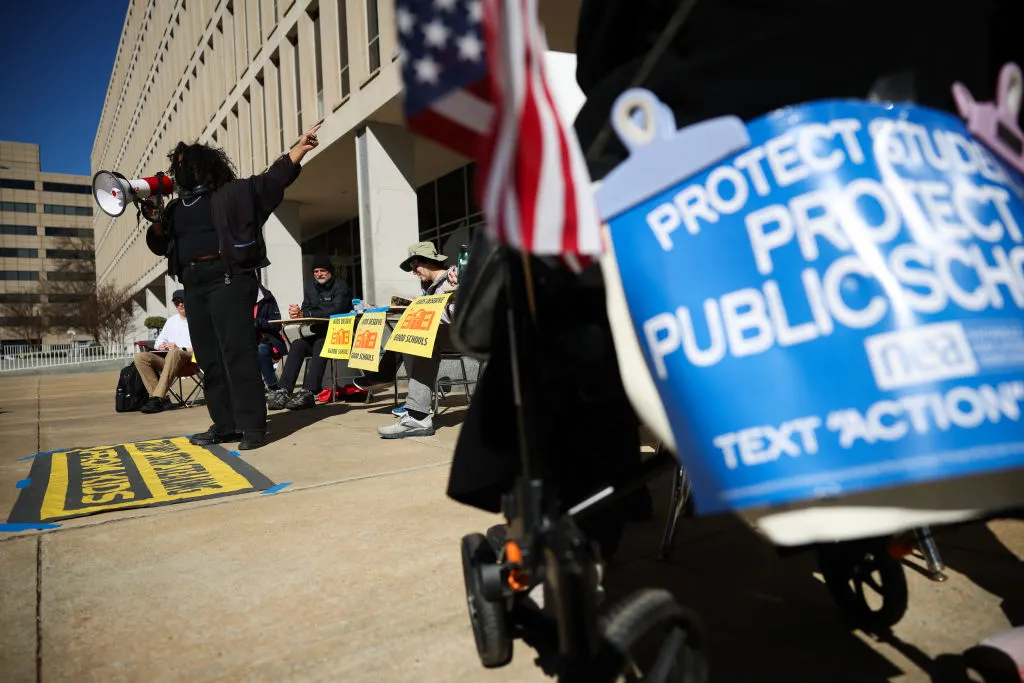
What people are saying
Reaction to the law was swift, with critics voicing concern about the impacts on public school budgets and supporters applauding what they call a significant step toward parental empowerment in K-12 education.
Robert Kim, executive director of the Education Law Center, blasted the new program. Studies have shown private school vouchers "sweep aside civil rights protections, support segregation, decimate public school budgets, and do not improve student outcomes," Kim said in a statement.
He added, "Vouchers undermine public education, the cornerstone of our democracy, and have no place in federal policy."
EdTrust, a nonprofit organization that works to improve outcomes for students of color, lambasted the law as an "extremely costly federal voucher program that will spend billions in public money to subsidize wealthy families accessing private schools." and will operate with "little oversight."
EdTrust has nicknamed the law the “Great American Heist” for its private school choice provision and changes to Medicaid, food stamps and college loan repayment programs. The law "would dismantle the very programs that make education and economic advancement possible for students of color, first-generation college students, and low- and middle-income families," EdTrust’s statement said.
Rachel Laser, president and CEO of Americans United for Separation of Church and State, said in a statement that the school choice program "will divert billions of taxpayer dollars to private religious schools that indoctrinate and can discriminate against students and their families based on the schools’ beliefs."
Supporters of private school choice, however, struck a different note. They said parents have become frustrated at disappointing student academic performances in public schools and want more options for their children.
"This is a huge victory for American families that have been praying and hoping for a financial lifeline to provide their children with the education they need to thrive," said Anthony J. de Nicola, chairman of the board of Invest in Education Coalition, an organization that has promoted a federal school choice program, in a statement.
Tommy Schultz, CEO of the American Federation for Children, a school choice advocacy organization, said the law’s passage will "supercharge" school choice across the country.
"For a generation, our movement has fought to give all families, especially lower-income families, the freedom to choose the best K-12 education for their sons and daughters, and now President Trump has signed into law the single biggest advancement of that goal," Schultz said in a statement.
Even with the praise, however, some supporters urged caution.
In an interview with Catholic News Agency published July 3, John DeJak, executive director of the Secretariat of Catholic Education for the U.S. Conference of Catholic Bishops, applauded the law's passage but also pointed to "unknowns" like how the program would address religious liberty protections.
Success! Not only does the OBBB include historic tax cuts and cost savings for American families - the bill also
— Secretary Linda McMahon (@EDSecMcMahon) July 3, 2025
✅ Includes massive expansion in school choice
✅ Adds accountability measures for higher ed institutions
✅ Reduces federal student loan borrowing amounts to help…
What happens next
The tax incentive starts with the taxable years ending after Dec. 31, 2026, — and there's a lot to work out before then.
For starters, the new law says that the U.S. secretary of education must draft regulations for how the program will operate, including recordkeeping and reporting, as well as enforcement of a state's certification of scholarship-granting organizations.
The U.S. Department of Education did not provide a time frame for this by press time on Monday.
Details such as state participation and how the national private school choice program would operate in conjunction with state-level choice programs also need to be worked out. According to EdChoice, an organization that advocates for school choice, 35 states, the District of Columbia and Puerto Rico have private school choice programs that together serve nearly 1.3 million students.
It's also unclear how this new school choice program will meld into Republican-led plans to close the Education Department.
In the meantime, school choice advocates and supporters of public schools vow to continue advocating for and against the controversial law.


